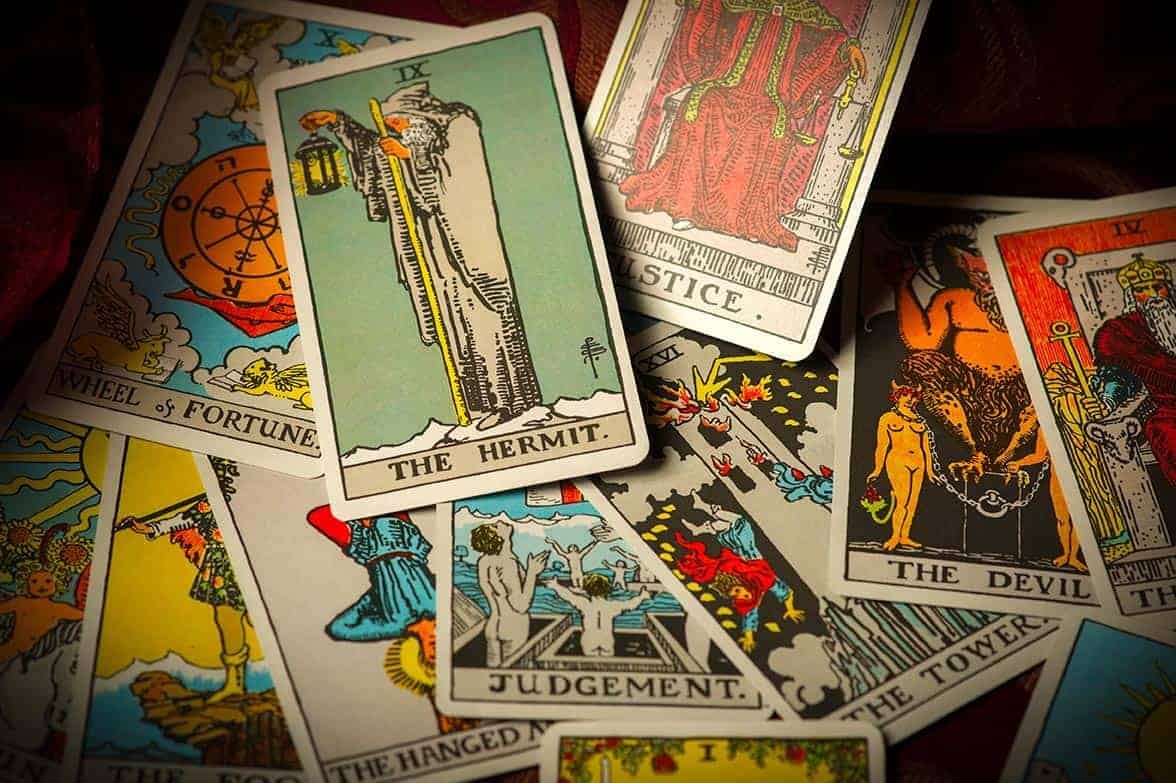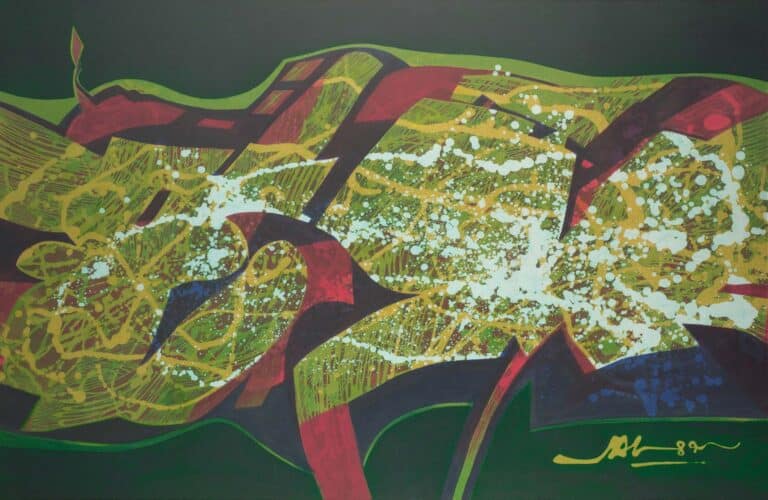I first discovered and grew to love Southeast Asian modern and contemporary art when I served as a volunteer docent at the Singapore Art Museum. I thought I’d share a favourite work from that time – one that is in the Museum’s permanent collection and that many visitors seemed to enjoy just as much as I did.

The Philippines, like many other countries in the region, has had a long history of subjugation under various colonial powers. Filipino artists have often mined their country’s colonial past, finding it a rich source of inspiration and a jumping-off point to explore social and political issues in its postcolonial present.
This work, American Occupation, by well-known Filipino artist Brenda Fajardo, is part of the artist’s History series and revisits the almost 50-year period when the Philippines was a colony of the United States.
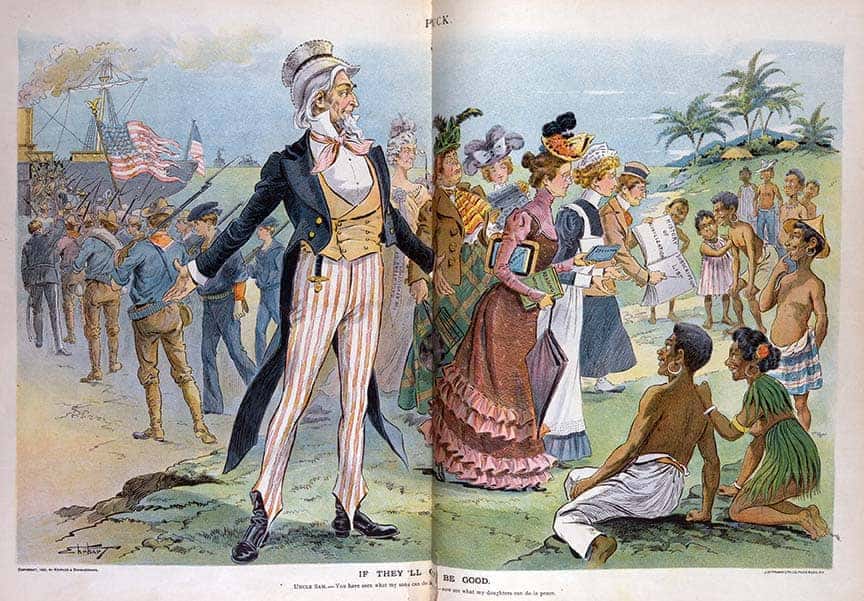
The work is a mixed media piece, drawn by the artist with coloured inks and tempera on handmade cogon grass paper. Fajardo renders the figures and images in a folk naïve style, borrowing from the genre of illustrated storytelling, with its carnivalesque imagery and rich colours. This was a deliberate choice, resulting from her search for an artistic style that would be truer to the spirit of the indigenous people of the Philippines and their aesthetic values.

The large picture in the centre of the artwork depicts American soldiers and their Filipino rebel prisoners. The words written below are in Tagalog and read Spinagbili ni Felipe s Mariya kay Samuel which, loosely translated, means “Philip sold Maria to Sam” (hold this thought for a minute, I’ll explain further below!)
The images surrounding the central image are indigenised versions of traditional Tarot cards, which originated in Europe and came to be popularly used for divination or foretelling the future. If you look closely at the cards you will see, on the upper left-hand corner, Datu or Emperor; followed by Ang Sasakyan, The Chariot; Ang Bituin, The Star; Magkasuyo, The Lovers; Salamangkero, The Magician; Gulong sig Kapalaran The Wheel of Fortune; Kahinahunan, Temperance or Sobriety and so on.
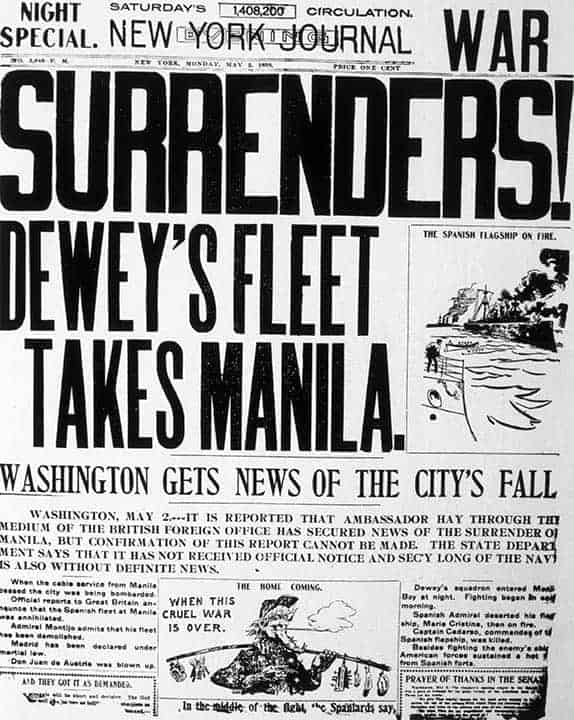
In this work, the artist provides a narrative of, and a commentary on, the American Occupation of the Philippines. The Spanish, the former colonial masters of the Philippines had, via the Treaty of Paris in 1898, ceded or transferred control of the Philippines to the United States. The Filipino revolutionaries, who had been fighting for independence from Spain, did not recognize this agreement and proclaimed a Declaration of War against the United States. The brutal Filipino-American War ensued, resulting in massive Filipino casualties.
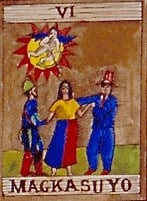
The cession of the Philippines by Spain to the United States explains the three figures in the Lovers card where, typically, it would contain only two. The figure on the left represents the Spanish King, Felipe. The woman in the centre, dressed in the colours of the Philippine flag, is Maria, the Philippines. The figure on the right is, of course, Uncle Sam, representing the United States of America.
The words “Philip sold Maria to Sam”, written below the central image, also refer to this moment in history – when Maria, the Philippines, was powerless to determine her own fate and future which was, instead, decided between Spain and the United States with complete disregard to her wishes.
Fajardo, whom art critic Alice Guillermo once described as the “High Priestess of Tarot”, adopts the persona of Babaylan, the native priestess, holy woman or shaman and uses the powerful symbolism and iconography of medieval tarot cards as a framing device to narrate, revisit and reassess Philippine history. While the tarot is normally used to foretell the future, here, the artist has used these cards of fate and fortune retrospectively, to look at events in the country’s colonial past. Adopting a critical postcolonial perspective, she is perhaps signaling a desire to reframe the past and to suggest the possibility of alternative realities or futures.
